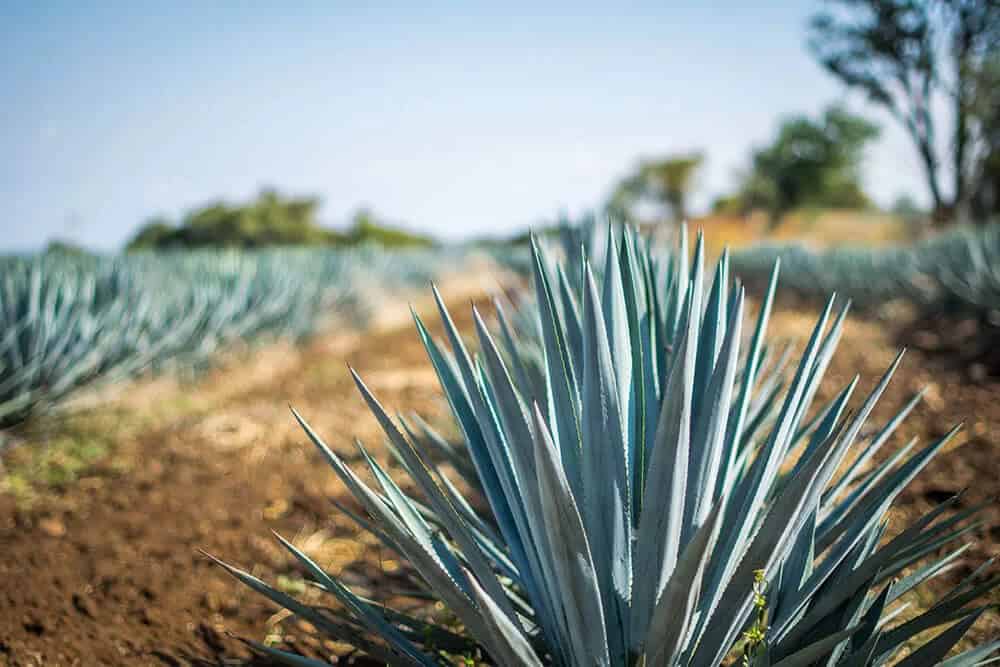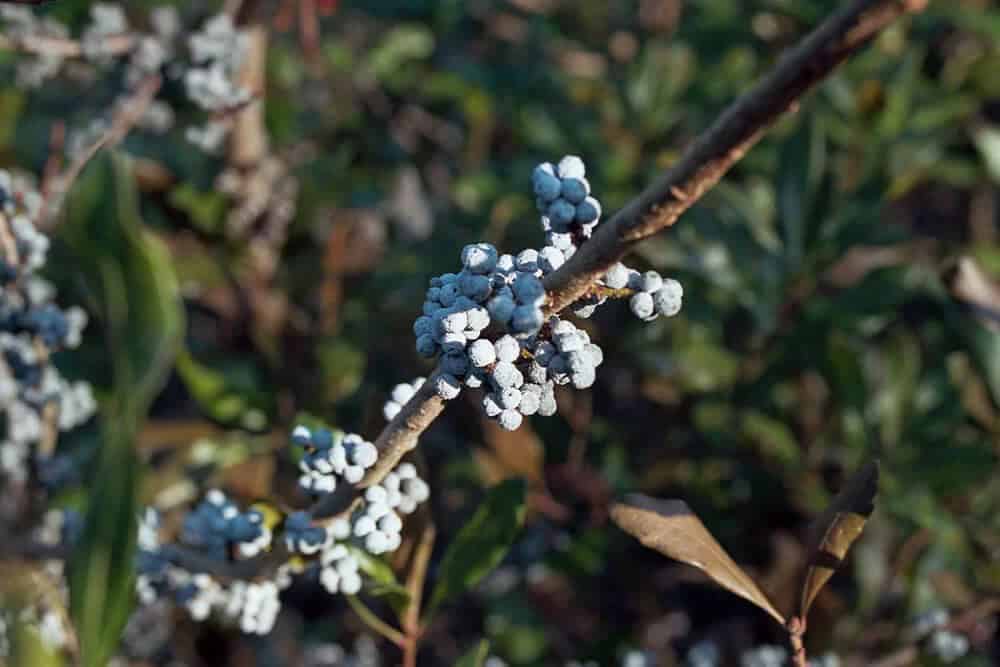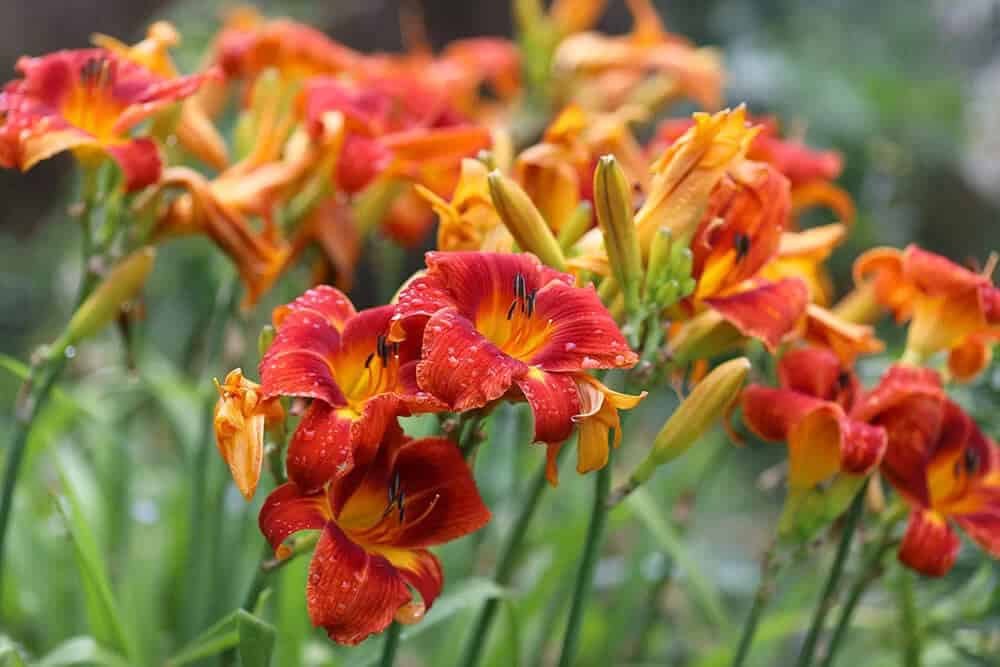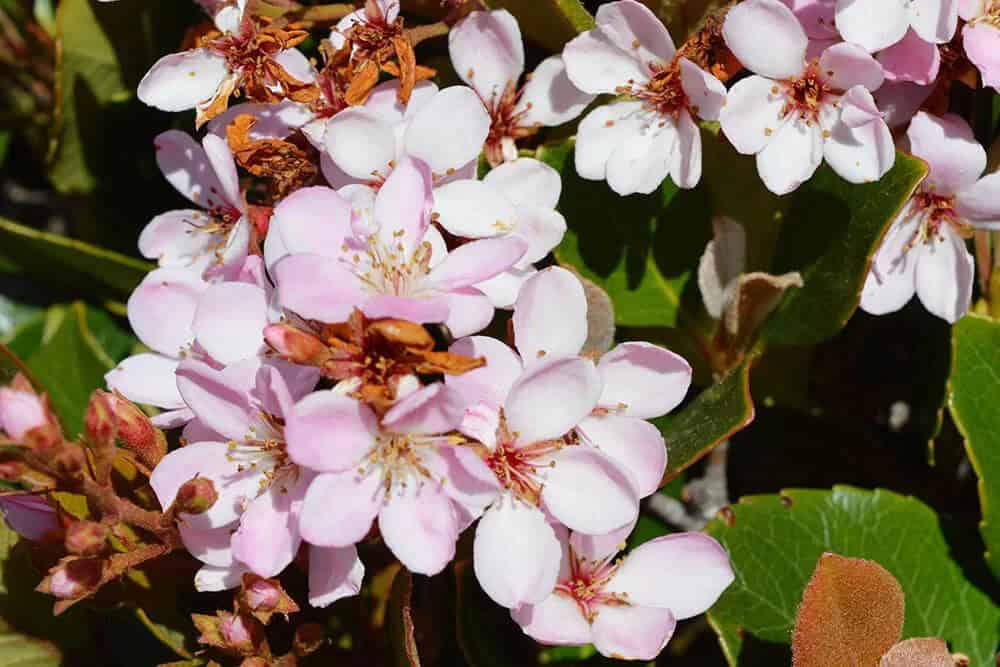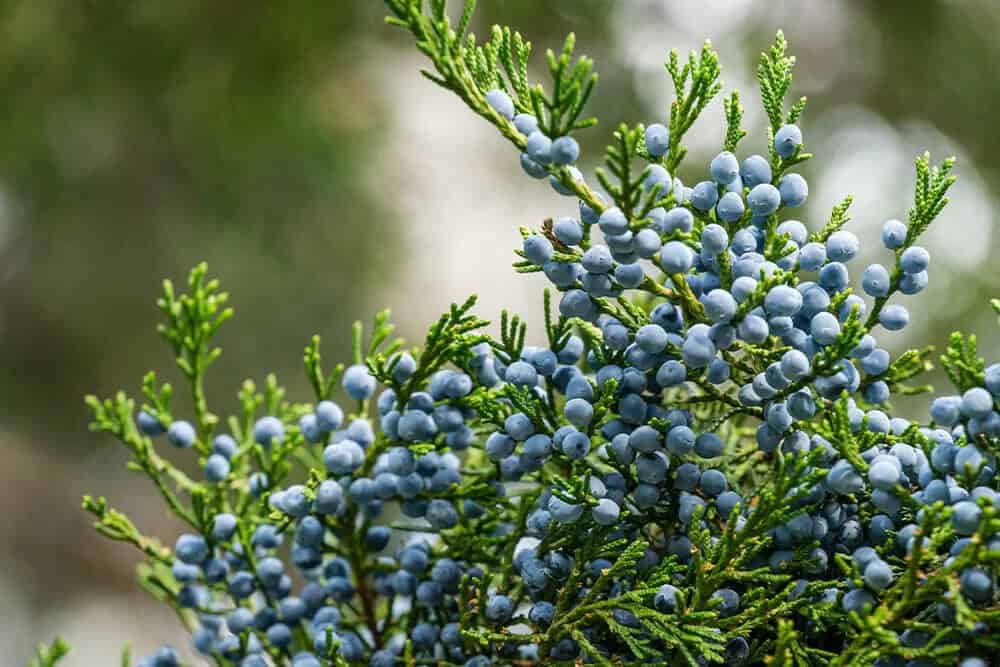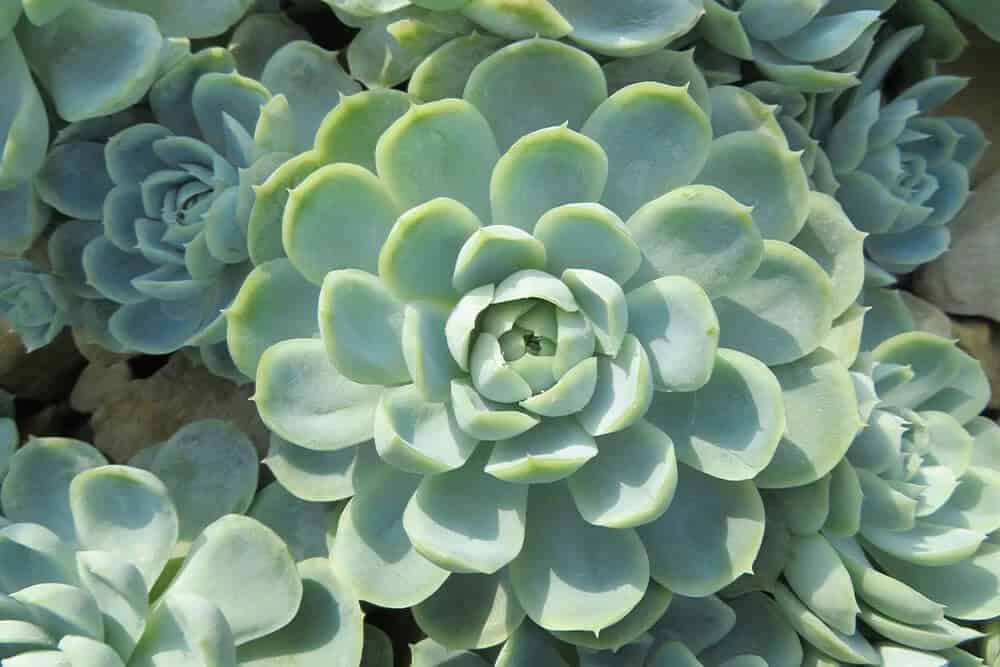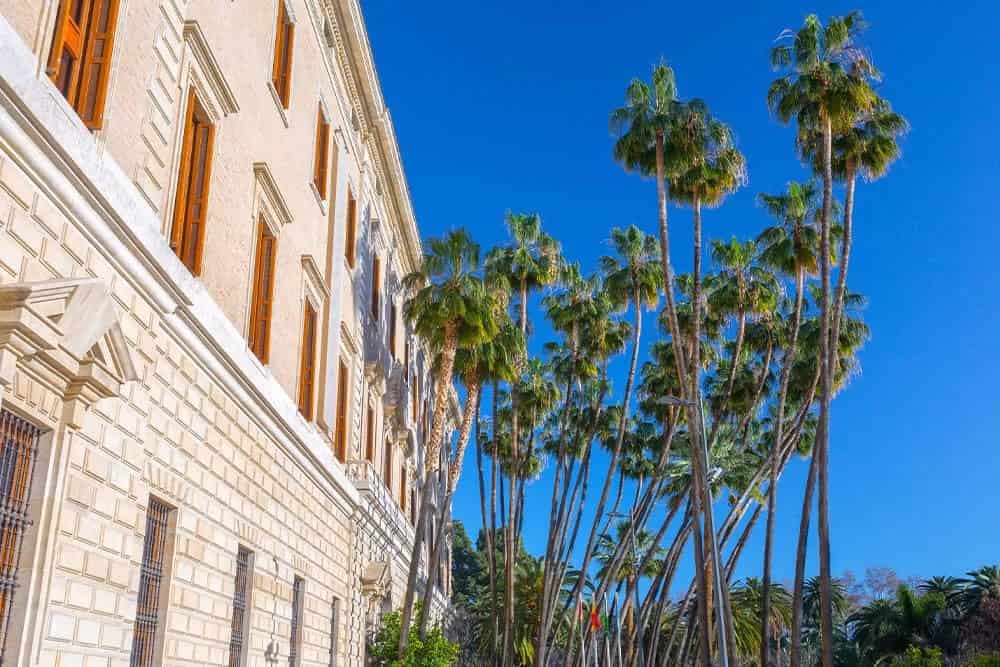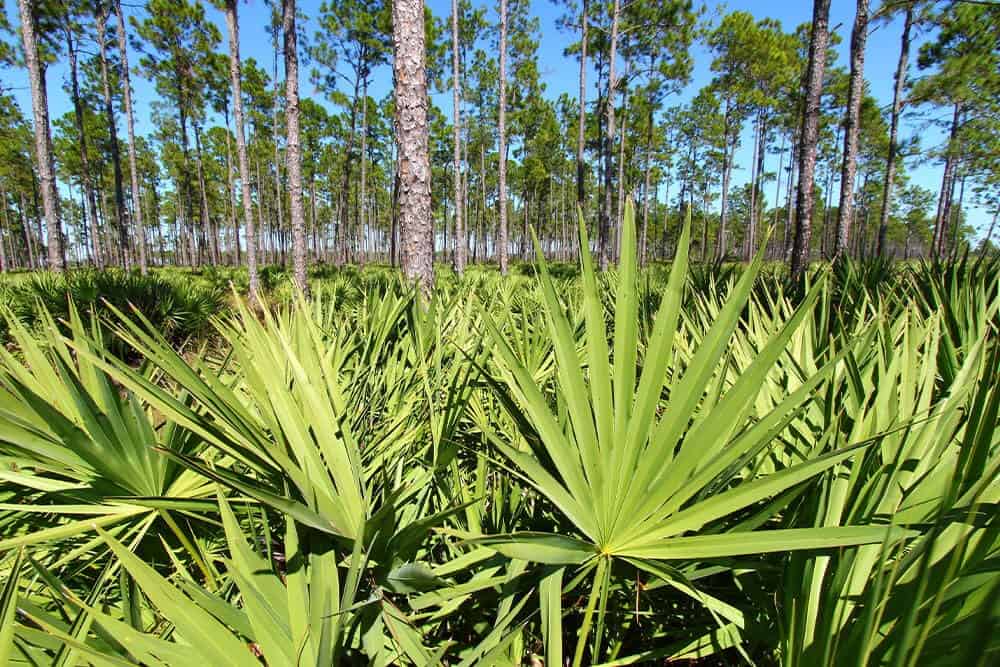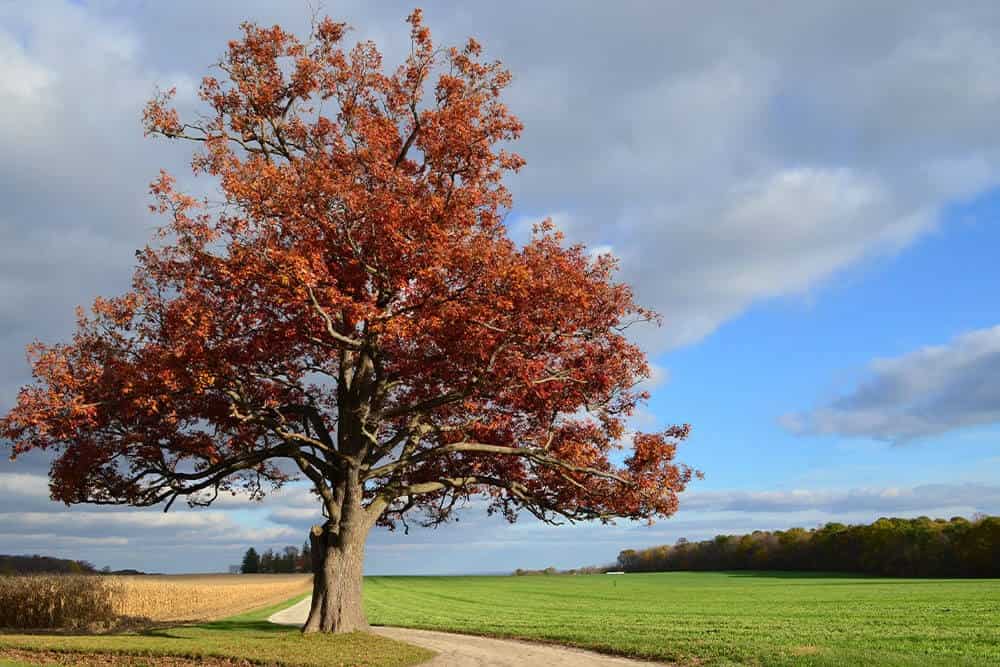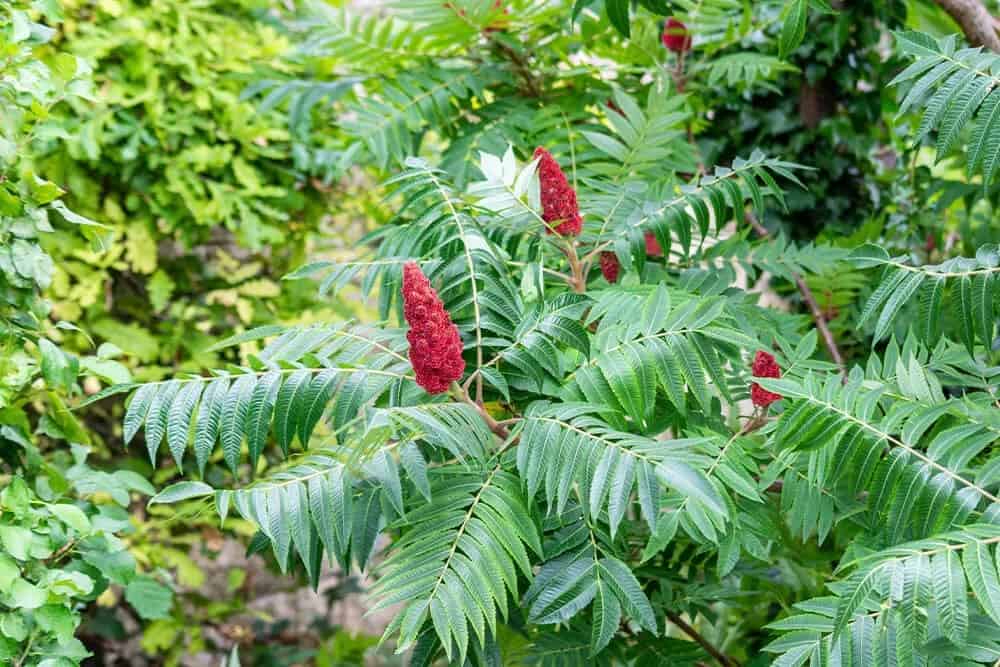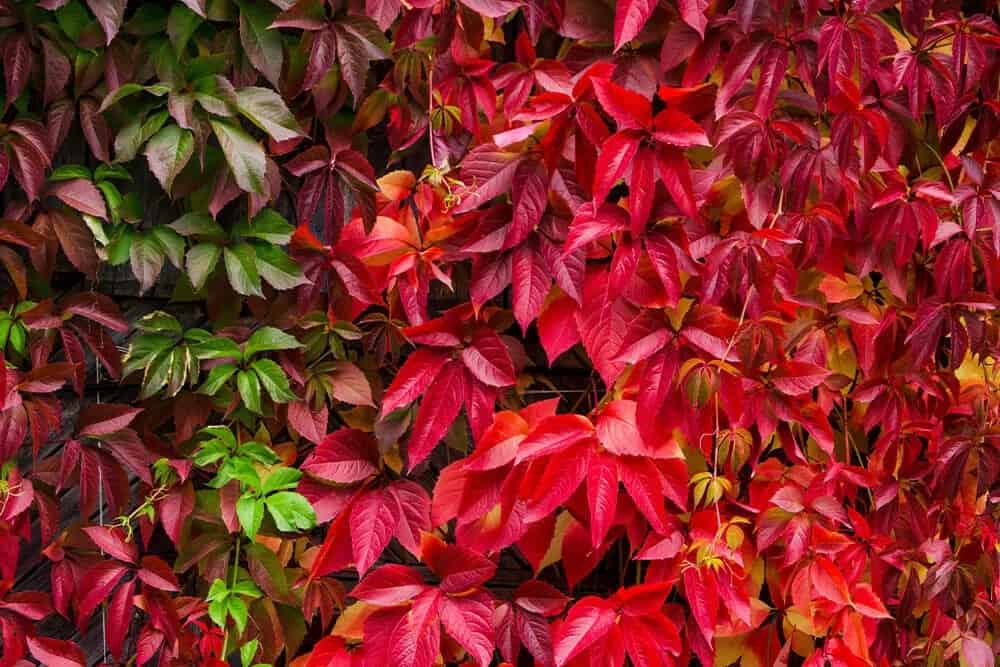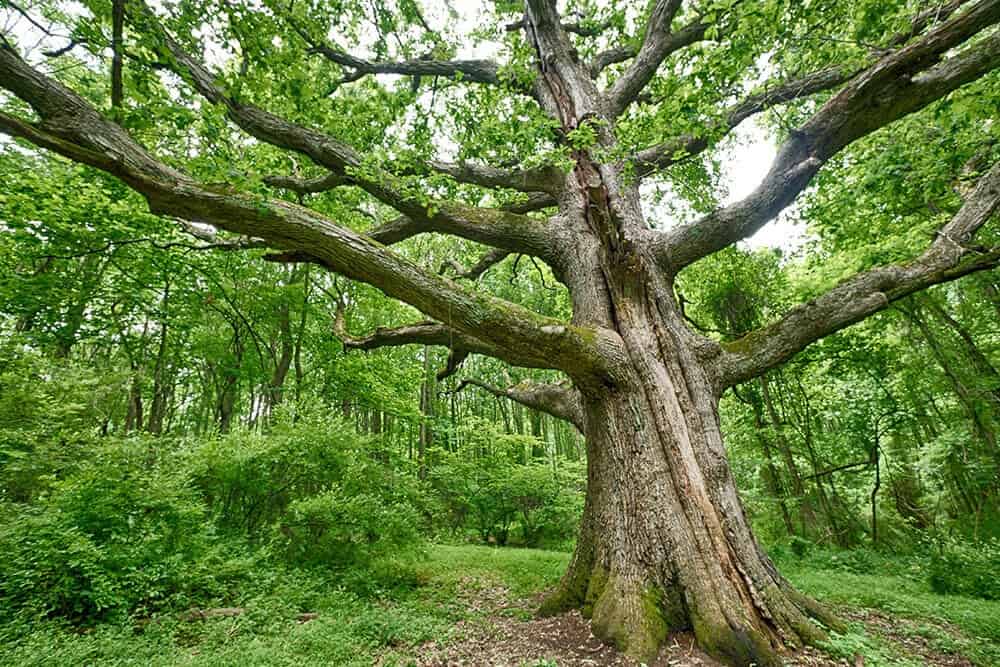When it comes to cultivating life on a beach landscape, there are numerous challenges that can make it difficult for many plant species to thrive. The harsh conditions of strong winds and high salinity levels near the ocean shore can be particularly unforgiving. As such, if you’re not able to select salt-tolerant plants for your landscaping plan, it’s unlikely that your gardening efforts will yield the desired results.
To assist in finding the most attractive and resilient options for your property, we’ve compiled a list of 21 top-performing salt-tolerant plants that are sure to add beauty and vitality to any beachside landscape.
Key Takeaways
While the diversity of salt-tolerant plants for beach landscaping may not be limited to any particular group, each species on our list boasts its own distinct characteristics. As you explore these entries, you’ll notice recurring themes that highlight the benefits of incorporating salt-tolerant plants into your coastal landscape design. For instance, you may find that these hardy species are often the only ones suitable for cultivation near the ocean.
Additionally, you’ll discover that many salt-tolerant plants strike a perfect balance between durability and aesthetic appeal. Furthermore, our list reveals that while some plants have a higher tolerance to salt than others, none require extreme salinity conditions to thrive. Finally, you may be surprised by the range of growing preferences among these species, from those that can tolerate partial shade to those that bask in full sunlight.
21 Durable Types of Salt-Tolerant Plants for Beach Landscaping with Ornamental Appeal
Agave (Agave americana)
While many people know the agave plant as a key component in tequila production, it’s less well-known that this versatile species can also be used to add beauty and salt-tolerant hardiness to beach landscapes. Native to Mexico, where it thrives in hot weather conditions, the agave plant is particularly suited to environments with high salinity levels.
One of its most striking features is its foliage – long, slender leaves that resemble those found on aloe vera plants, but with a unique blue tint that adds an extra layer of visual interest.
Algerian Ivy (Hedera canariensis)
The Algerian ivy plant is a versatile and low-maintenance option for gardeners, offering more than just its striking appearance. Its unique set of characteristics allows it to thrive in challenging environments. For instance, this evergreen vine can tolerate salt levels that would be toxic to many other plants. Furthermore, Algerian ivy is surprisingly adaptable to areas with limited light exposure.
One of the most attractive features of this plant is its ability to be trained as either a groundcover or a climbing plant. Regardless of which approach you choose, the Algerian ivy’s broad leaves will provide a striking display of variegated foliage, often featuring creamy white accents along the margins.
Bayberry (Myrica pensylvanica)
The bayberry plant’s name is no coincidence – it flourishes near beaches across North America, where it can be found growing as a medium-sized shrub. Its dense, dark green leaves provide a lush backdrop for its most striking feature: the small, rounded fruits that appear in clusters of varying sizes after the flowers have faded. These light blue berries attach directly to the bayberry’s branches, offering an ornamental value that belies their humble appearance.
Bougainvillea (Bougainvillea)
While the bougainvillea may not be the most salt-tolerant plant on this list, it does possess some level of mild tolerance to salty environments. In fact, under ideal conditions, it’s possible for this vine-like plant to thrive in areas with high salt concentrations. What truly sets the bougainvillea apart, however, is its unique growth habit and stunning floral displays.
As a climbing vine, it can be trained to cascade beautifully down fences and garden walls, adding a pop of color and visual interest to any outdoor space. And speaking of color, the bougainvillea’s vibrant blooms are truly a sight to behold. These flowers typically burst forth in shades of red, pink, and purple, creating a breathtaking tapestry of hues that can be admired year after year.
Coleus (Plectranthus scutellarioides)
Coleus plants boast some of the most vibrant and varied foliage out there, with leaves that come in an astonishing array of colors. While many enthusiasts are familiar with this plant’s impressive palette, fewer people realize that coleus is also an excellent choice for beach landscaping due to its salt tolerance.
However, it’s worth noting that coleus has a relatively narrow hardiness zone range, typically between 10 and 11, which means that most of the United States will need to treat it as an annual plant. Despite this limitation, the leaves of the coleus plant are sure to leave you impressed, even if your growing season is shorter than ideal.
Creeping Juniper (Juniperus horizontalis)
For beachside dwellers seeking an evergreen ground cover, the creeping juniper plant is an ideal choice. This compact species typically grows to be under one foot tall, but its spread can be truly remarkable when conditions are favorable. As it spreads, the creeping juniper forms a dense and uniform mat of bluish-green foliage that effectively blankets the terrain.
A bonus feature of this versatile plant is its small, round fruit production, with light blue berries adding visual appeal to the landscape.
Daylily (Hemerocallis)
Daylilies have become an indispensable component in landscaping, boasting unmatched popularity and widespread use. Their adaptability is truly remarkable, thriving even in harsh beach environments with high salinity levels. The sheer variety of cultivated species has also led to a plethora of distinct blooming characteristics, including diverse bloom times, mature sizes, and a kaleidoscope of colors. This means you’ll never be limited by options when selecting daylilies for your outdoor space.
Dwarf Indian Hawthorn (Rhaphiolepis indica)
While many hawthorn plants are known for their medium-sized trees adorned with vibrant blooms, the dwarf Indian hawthorn stands out for its unique characteristics. Like its counterparts, this variety boasts lightly colored flowers, but it’s the shrub-like appearance and ability to thrive in challenging environments that set it apart. In terms of size, mature dwarf Indian hawthorns typically reach a height and spread of around five to six feet, making them more compact than other species.
Furthermore, this particular type of hawthorn excels in areas with high salt levels, allowing it to flourish where other plants might struggle.
Eastern Red Cedar (Juniperus virginiana)
If you’re looking to add a consistent, lush backdrop to your beach landscaping, the eastern red cedar is an excellent choice. This evergreen tree boasts a distinctive upright oval canopy and produces cones that showcase its unique light brown bark, which peels in long strips as the trunk expands. Not only do these trees offer visual interest, but they can also serve a practical purpose by providing privacy and wind screening when planted as a hedge.
Echeveria (Echeveria)
While succulent plants are often associated with hot and arid environments, many species have adapted to thrive in conditions that include high salinity. The echeveria plant is a notable example of this, capable of tolerating scorching temperatures and salty soils. Nevertheless, like other succulents on this list, the echeveria plant is not equipped to survive outside year-round in colder climates.
For individuals residing in areas with a hardiness zone lower than 9, overwintering or indoor cultivation become necessary steps to ensure the well-being of their echeveria plants.
English Ivy (Hedera helix)
English ivy is a beloved species renowned for its striking foliage. Each leaf boasts a distinctive trident shape and typically features a dark, glossy green hue. Some varieties even showcase mesmerizing variegation patterns on their leaves. While all English ivy plants share these characteristics, they also exhibit remarkable adaptability, effortlessly climbing nearby structures while thriving in salty environments throughout their lifespan.
As with many climbing vines, English ivy can double as an effective ground cover, depending on how it’s cultivated.
Mexican Fan Palm (Washingtonia robusta)
The iconic palm tree is an integral part of many beach landscapes, with its large fan-shaped fronds evoking images of tropical getaways. One popular variety is the Mexican fan palm tree, which boasts impressive stature and a remarkable ability to thrive in environments where salt levels are high. In fact, these trees can tolerate significant exposure to salt, making them an excellent choice for coastal settings.
When given the right conditions, a mature Mexican fan palm tree can reach heights of 70 feet or more, its majestic presence commanding attention.
Palmetto (Sabal palmetto)
Following up on our previous discussion, another exceptional palm tree variety worth considering for your beach landscape is the palmetto (Sabal palmetto). While it may not reach the same towering heights as the Mexican fan palm tree – its maximum height being approximately 50 feet – the palmetto shares a similar characteristic in boasting large, fan-shaped fronds.
By consistently pruning spent fronds to maintain a close proximity to the trunk, you can create an intriguing crosshatch pattern that seamlessly follows the entire length of the trunk up to the canopy, adding visual interest and depth to your landscape.
Pin Oak (Quercus palustris)
Pin oak trees are a staple in landscaping due to their ability to provide shade and street appeal. But what’s equally impressive is their capacity to thrive in coastal environments where salt levels are higher than usual. Despite this tolerance, pin oaks can still be susceptible to certain soil conditions that might impact their health. In particular, if the soil pH is too high, the trees may develop chlorosis, causing leaves to take on a lime-green hue.
While this condition isn’t fatal, it does highlight the importance of considering soil conditions when planting pin oak trees. Despite these potential issues, pin oaks remain a popular choice for many landscaping scenarios.
Red Oak (Quercus rubra)
In the eastern United States, the red oak tree is an iconic deciduous species that thrives in woodland settings, characterized by its tall stature and sprawling shade-providing groves. What’s more surprising is its adaptability to coastal environments, boasting remarkable salt tolerance. As this versatile tree matures, it yields large leaves, copious acorns, and extensive shading, making it an attractive choice for beach landscape design.
Its impressive canopy provides a natural refuge from the scorching summer sun, rendering the red oak an unexpected yet compelling option for those looking to create a harmonious blend of nature and ocean.
Rugosa Rose (Rosa rugosa)
The rugosa rose is a resilient species that excels in environments rich in salt and sand, particularly in coastal areas where it can form expansive colonies. This adaptability doesn’t come at the expense of aesthetics, as the plant produces striking flowers with purple petals and yellow centers, followed by reddish-orange rose hips that serve as its fruit. The latter’s conspicuous nature has led to the rugosa rose also being referred to as beach plum.
While some plants struggle to survive in such conditions, the rugosa rose not only tolerates but thrives in the salty environment, making it a fascinating example of how certain species can flourish in unexpected settings.
Staghorn Sumac (Rhus typhina)
While it’s true that staghorn sumac is not typically a top choice for residential landscapes, we’re hard-pressed to identify a compelling reason why this should be the case. The truth is, these plants boast stunning branching habits, fuzzy stems and branches, and impressive seed clusters that rise above the foliage like natural sculptures.
Those seed clusters are truly showstoppers, measuring several inches in length and boasting conical shapes and deep red hues that are as captivating to humans as they are to the birds and other wildlife that feed on them.
Virginia Creeper (Parthenocissus quinquefolia)
Among the climbing plants that thrive in salty environments is the Virginia creeper, a native species throughout much of the United States. This deciduous vine not only offers a striking display of foliage but also contributes to local ecosystems by providing a natural habitat for various insects and small animals.
Its distinctive leaves, composed of five prominent leaflets, typically turn a vibrant green during most of the year, gradually transitioning to a rich red hue in the fall, making it an attractive addition to any garden or outdoor space.
White Oak (Quercus alba)
The white oak tree stands out among its peers for its grandeur at maturity. Its impressive height and sprawling canopy make it a sight to behold. The tree’s broad, spreading branches create a vast area of shade, perfect for seeking refuge from the sun after a day spent at the beach or pool. Unlike some oaks that struggle in high-salinity environments, the white oak thrives regardless of the salt levels present.
Whether you’re dealing with coastal conditions or not, planting a white oak is an excellent way to introduce a touch of elegance and serenity to your outdoor space.
Winterberry (Ilex verticillata)
When it comes to designing a beach landscape, many people assume that the hottest months of the year are the most ideal for showcasing its beauty. While this is true, it’s equally important to consider the winter season when planning your design. This is especially crucial for those who reside near the beach year-round and want their outdoor space to remain interesting throughout the year. One plant species that excels in providing winter interest is the winterberry shrub.
Its most striking feature is the vibrant red berries it produces during the coldest months, which can add a pop of color to an otherwise dull winter landscape. Additionally, this plant is well-suited for beachside gardens as it’s salt-tolerant. However, it’s worth noting that in order to witness the impressive display of berries, you’ll need to plant both male and female versions of the winterberry shrub.
Yucca (Yucca filamentosa)
Yucca plants, also referred to as Adam’s needle, exhibit an unexpected ability to thrive in cooler climates. While they may appear well-suited to hot desert environments, these adaptable plants can survive and even flourish in hardiness zones 4 through 10. Moreover, their tolerance of salty conditions is equally impressive. However, it’s not their resilience that drives their popularity – rather, it’s their unique appearance.
The plant’s distinctive spiky leaves form a ball shape roughly three feet in diameter, making it a visually striking addition to any garden. While this may be the primary draw for many gardeners, there are certainly other factors at play when it comes to selecting the right salt-tolerant plants for beach landscaping.
For those eager to learn more about these fascinating plants, the following sections aim to satisfy curiosity and provide valuable insights into the world of salt-tolerant gardening.
Frequently Asked Questions About Salt-Tolerant Plants for Beach Landscaping
Which Plant is the Most Tolerant to Salty Conditions?
While some plants exhibit a moderate level of salt tolerance, others possess an extraordinary ability to withstand saline conditions. This disparity in tolerance allows certain species to thrive relatively close to the ocean’s edge, while others can actually grow directly on the shoreline. For instance, shrubs like the rugosa rose and bayberry frequently colonize dunes near the coast due to their remarkable salt tolerance.
Is There a Plant That Absorbs Salt?
When it comes to dealing with salty soils, there’s an inherent motivation to find a solution that allows plants to thrive. After all, many plant species are unable to survive in such conditions. One potential method for addressing this issue is through phytoremediation – the process of using plants to absorb and remove salt from the soil. While this approach holds promise for the future, it’s currently more of a theoretical concept than a reliable practice.
What Plants Are Resistant to Salinity?
While a wide variety of plants exhibit salinity resistance, their diversity is reflected in their plant groups and geographic origins. Trees, shrubs, vines, annuals, and herbaceous perennials all have representatives that can thrive in salty environments. Moreover, salt-tolerant species are scattered across the globe, with notable concentrations found in coastal and desert regions where salinity levels are naturally high.
What Trees Grow Best Near Salt Water?
While it may seem like a daunting task to find trees that thrive in proximity to saltwater, the truth is that several species have adapted to tolerate these conditions. Among the most notable are various oak tree varieties, specifically the red, white, and pin oaks, which can flourish despite their salty surroundings.
Are Succulents Salt Tolerant?
Succulents encompass a vast family of plants united by distinct characteristics and growth habits. While some species may not thrive in salty environments, many are surprisingly resilient to salt. Nevertheless, given their requirement for consistently warm temperatures, it’s more probable that you’ll need to cultivate them indoors where the salinity levels tend to be lower.
21 Diverse Salt-Tolerant Plants for Beach Landscaping that You Should Get to Know
Contrary to what many may believe, those living near the ocean can still enjoy a thriving garden, despite the challenges posed by its proximity. In fact, a multitude of salt-tolerant plants exist that are well-suited for beach landscaping, making it possible to create a beautiful and resilient outdoor space.
